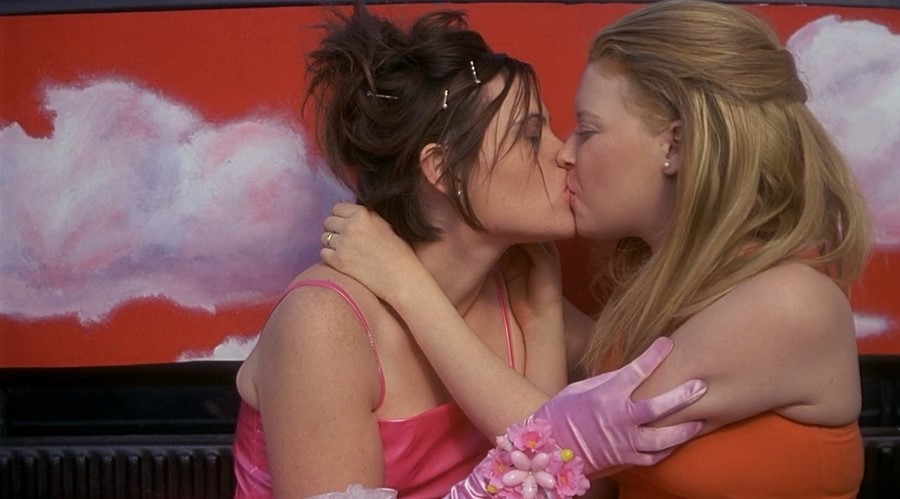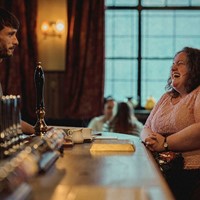As the cult classic turns 20, we look back at the kitsch aesthetic that underpins Jamie Babbit’s story of conversion therapy and gender norms
Last week, the official Twitter account for the House of Commons posted a survey asking how conversion therapy affects the LGBTQ+ community. “Should it be made illegal? What would that mean to you?” they asked.
The survey came as part of an “investigation” by the House of Commons into a citizen petition calling for the practice to be made illegal. With over 199,000 signatures, it’s the most signed petition on the UK Government and Parliament website. That people have felt the need to take matters into their own hands comes despite the fact that Theresa May’s government pledged to ban conversion therapy in 2018, when it launched a £4.5m action plan to improve the lives of LGBTQ people in the UK. Two years to the month later, no legislation has been brought forward.
Conversion therapy is widely condemned by medical authorities and mental health organisations as a cruel and psychologically damaging practice. It has been linked to higher risks of depression, suicide, and drug addiction. That the government felt that it was appropriate to frame the topic of conversion therapy as a debate shows the lack of understanding of the devastating consequences this “treatment” has. It is dehumanising to ask LGBTQ+ people to weigh in on a practice which frames an intrinsic aspect of ourselves as a sickness that needs to be cured. There is no question of whether or not it should be made illegal. There is only one answer.
Released 20 years ago this month, But I’m a Cheerleader is clearly as timely as ever.
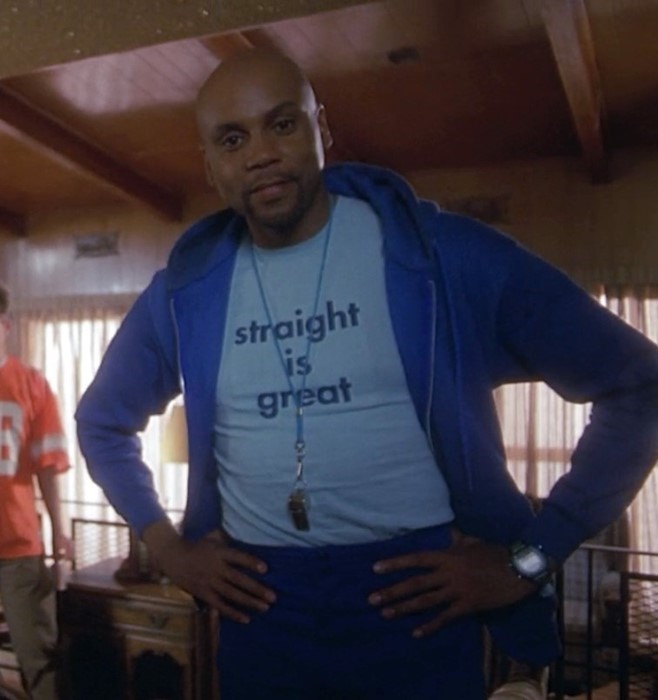
Set at a conversion therapy camp called True Directions, But I’m a Cheerleader follows cheerleader Megan (Natasha Lyonne) who is sent to the camp after her parents become concerned by their daughter’s lesbian “tendancies”. These behaviours include eating tofu and owning a poster of Melissa Etheridge. Once there, she meets a cast of teenage homosexuals including Melanie Lynskey and love interest Clea Duvall, while RuPaul stars as a “reformed” ex-gay counsellor who helps the attendees reorientate and adopt behaviours that reinforce stereotypical gender roles in order to “cure” them. The girls hoover and try on wedding dresses while the boys chop wood and fix cars.
While recent films like The Miseducation of Cameron Post and Boy Erased have offered a more true-to-life, darker-toned portrayal of these kinds of treatment centres, But I’m a Cheerleader confronts the sinister practice of conversion therapy with a lense of comedy and high camp. Director Jamie Babbit uses the film’s satirical tone and kitsch retro-pop aesthetic to deconstruct and discredit not just conversion therapy but heteronormative ideas of gender as well, exposing them as something to be ridiculed and inviting the audience to see and laugh at the absurdity of these strict conventional norms.
The dialogue delights in poking fun at heterosexual anxiety and stereotypes of queer people. Some suggested “roots” for the characters’s sexuality are attending an all-girls boarding school, a mother getting married wearing trousers, and being born in France. When Megan suggests her root stems from a period when her father was unemployed and her mother supported the family – “seeing mum being the dad maybe I got the wrong idea about the roles of men and women,” she explains – camp leader Mary is thrilled. “Absolutely!” she says. “Your father was emasculated, your mother was domineering. You wanted to emulate your mother. You have no respect for men, because you don’t respect your father.” It is in the highly stylised aesthetic of the film though that much of the groundwork is done.
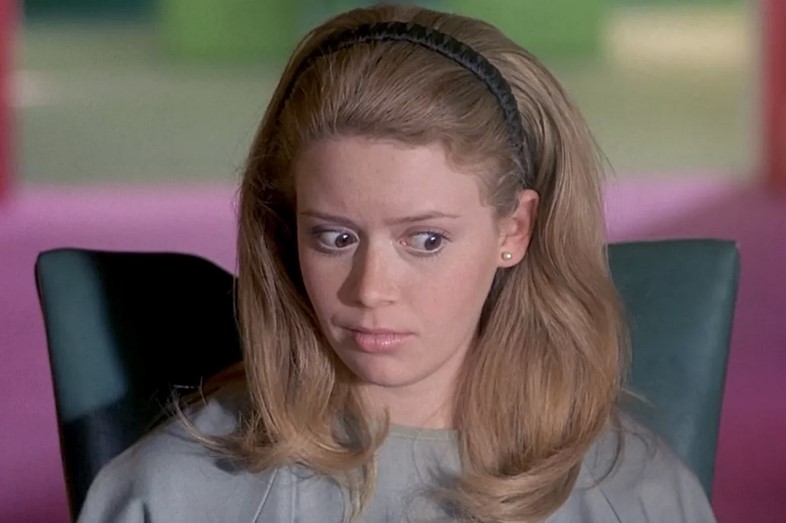
At odds with the bleak subject matter, the film's set design and costumes are bold and bright, shot in hyper-saturated, candy colours heightened to a surreal level. The setting of True Directions, for example, is a pink and blue suburban Barbie Dream House with a wrap-around porch and nightmarish shiny plastic furnishings. “I wanted to make the world of the movie very artificial and polyester,” Babbit told The Advocate in a 2000 interview. “I think it’s a great comment on the artificiality of gender identity.”
Colour as a gender signifier is taken to its extreme at True Directions. Not only do the teens wear colour-coded uniforms – pink for the girls, blue for the boys, naturally – but these colours define their entire aggressively-gendered imposed environments. The girls’ bubblegum pink outfits match their Pepto-Bismol pink bedroom, while navy and baby blues dominate the wardrobe of the boys which along with their uniforms includes the sheer jerseys in which they play American football, and the boiler suits they wear while watching an innuendo-spouting, shorts-clad RuPaul fix a blue car.
Despite the restrictive molds they are being forced into, however, the teens of True Directions never lose their individual style. Clea DuVall’s soft butch, riot grrrl-influenced Graham is a proto-Shane from The L Word. From Sinead’s goth make-up, blue hair streaks, and dog collar to the varsity shirt that peeps out under Jan’s pink blouse, the true identity of these kids ultimately can’t be contained or suppressed. Throughout everything, they retain important aspects of their appearance and who they are, and these things exist outside of, even contrary to, traditional stereotypes and signifiers.
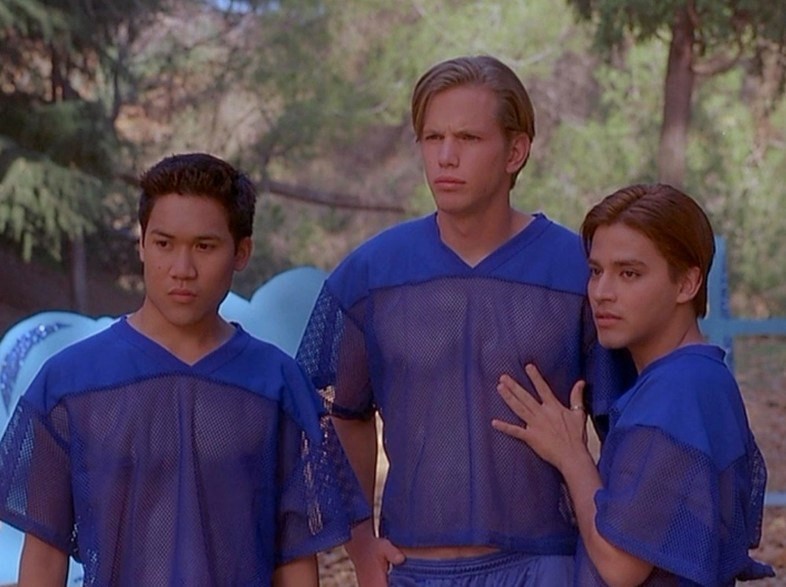
Towards the end of the film, Jan, who is presented as the butchest of the girls with her mohawk and traditionally masculine body language, comes out as straight. “Everybody thinks I’m a big dyke because I wear baggy pants and play softball and I’m not as pretty as other girls,” she says. “But that doesn’t make me gay.” Jan’s gender presentation has led everyone to assume her sexuality. “Just take a look at yourself,” scoffs RuPaul’s character Mike after Jan’s revelation, “Who the hell is she trying to fool?” But Babbit skewers these tired gender expectations, asking us to re-examine the traditional notions of identity that we unconsciously inherit, internalise and sometimes uphold. Despite the stereotypes, Jan has never been gay and she comes to discover this about herself just as much as Megan comes to terms with her own sexuality.
From the beginning, our protagonist Megan is the most successfully “feminine” girl. Here, cheerleading and its aesthetics promote femininity at its most tightly laced. Throughout the film, she retains her earnest, peppy optimism, pom poms, and perfect hair. She wears pearl earrings and Alice bands that match those of hyper-femme Mary. Her high-femme gender presentation does not preclude her homosexuality, though. Megan is also never asked to give it up once she accepts her queerness, it is preserved through everything she experiences. At the end of the film, Megan appears in her cheerleading uniform, identical on the outside to how she looked at the beginning, despite her acceptance of her queer desires changing momentously. Gender roles and expectations are totally shed, and Babbit gives the characters room to explore their gender expression, communicating it as a wholly separate entity to their sexuality. That’s what makes Megan’s pom-pom cheer performance, declaring her queer love for Graham, all the more glorious.
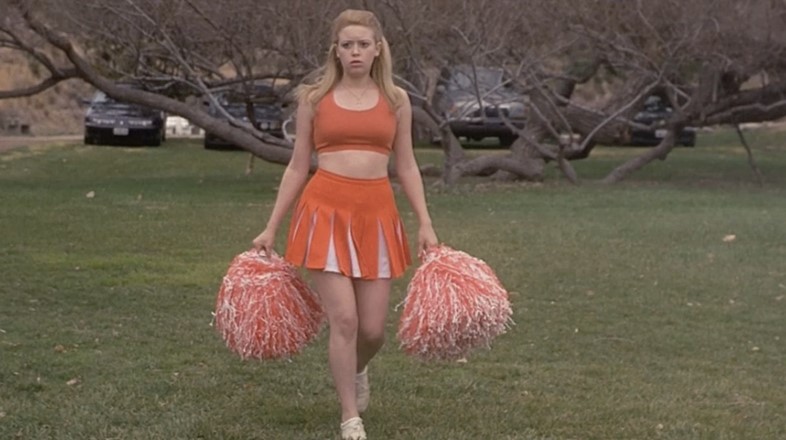
“I thought you could teach me how to be a lesbian – what they wear, where they live,” Megan says to the ex, ex-gays Larry and Lloyd Morgan-Gordon after she’s been kicked out of True Directions.
“There’s not just one way to be a lesbian, you just have to continue to be who you are,” they reply in turn.
But I’m a Cheerleader is a film that doesn’t shy away from the abuse and oppression suffered by queer people, but it also doesn’t allow its subjects to become tragic, hopeless victims. Babit packages up the horrors of conversion therapy and enforced gender binaries in magnified, saccharine absurdities, reducing them to ridicule. The high camp aesthetic and technicolour palette of the film serve to both aid in exposing artificiality and celebrate the vibrant, diverse community housed under the LGBTQ+ umbrella, using the very colours of the rainbow that symbolises their love.
